Culture
Introducing the New Column: The Secrets of the Japanese Sword
Published
7 years agoon
By
Paul Martin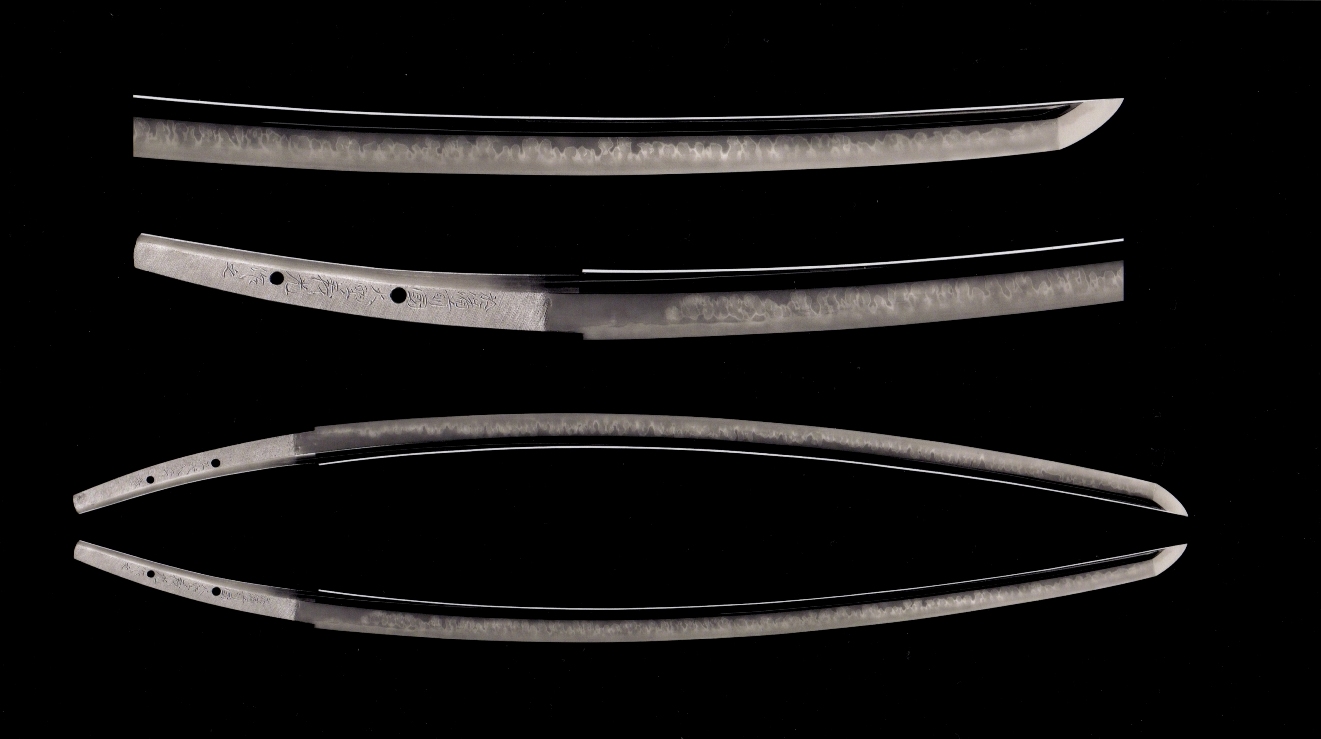
Pictured: This blade is an utsushi-mono by the master swordsmith Ono Yoshimitsu of an 800-year-old blade called Yamatorige. It is an illustration of the continuity of the traditions of Japanese sword making that continue to this day. Photo: Tom Kishida
Like many other Westerners, my introduction to Japanese swords (and Japanese culture) was through martial arts and samurai movies. My father practiced karate in the late 1960's and early 70's. I began karate at seven years old and grew up hearing about samurai spirit and bushido. Although I did not really know what they meant at the time other than to not give up, while at the same time being respectful. Around this time, I had only perceived Japanese swords as cool weapons worn on the hips of heroic looking samurai warriors.
In 1993, I joined the British Museum in London. My colleagues knew of my interest in samurai and took me to see the swords on display in the Japanese gallery. I had finally got to see a real “samurai sword” up close. They were breath-taking, I was completely blown away at how intricate and intrinsically beautiful they were. I avidly read all the information panels about them, learning about their unique manufacturing methods and that in Japan they are not considered merely weapons, but objects of great beauty with profound spiritual meaning. The feelings that I had sensed about them without actually seeing one were confirmed. On the same occasion, I was informed that there was an actual Japanese sword specialist employed at the museum. I was completely surprised to learn of such an occupation. I was so captivated by the swords I think that I had decided in that instant what I wanted to do with my life.
Later, through a series of fortunate events, I became an assistant curator to my first sword teacher and head of the Japanese department, Victor Harris. I was able to view a sword for the first time. Once unsheathed, I held it out at arms length and was able to clearly see the almost organic lines of the curvature of the blade. I was also able to feel its weight in my hands while observing the beauty of the hues and textures of the wood-like grain pattern of the folded steel (hada), and the crystalline structures in the pattern of the hardened edge (hamon) that were revealed by an almost diaphanous highly polished surface that made me to feel like I was peering into the steel itself. I was in heaven. I had the strange experience of getting goosebumps all over, but at the same time strangely calmed by the beauty of the blade. Later, under the watchful eye of Victor Harris, I was trained to maintain the swords using traditional methods, and given the responsibility of the day to day care of the Japanese arms and armor collection, including putting them on and taking them off of display in the gallery.
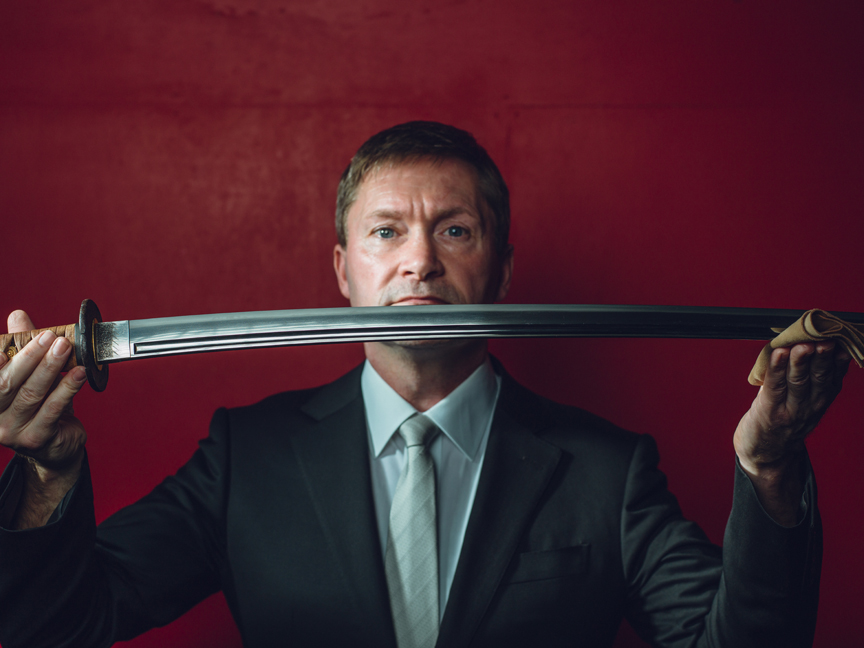
Photo: Irwin Wong
Another aspect of my job in the Japanese department was to courier objects from the collections to and from Japan. Not only had I now been able to handle Japanese swords, but I also had the opportunity to go to Japan on a regular basis. While on trips to Japan I would extend my trips by taking some of my vacation days and visit Japanese scholars who had come to visit our department in London. I was very fortunate to be introduced to many of Japan's top sword scholars who would show me some of the nation's finest swords. My interest grew deeper and deeper until I realized that if I really wanted to become a sword specialist and understand Japanese swords and culture, that there was no alternative but to move to Japan.
After living in Japan for many years, I believe that the study of the Japanese sword from both an academic and a martial arts point of view is a window to the essence of Japanese culture. Studying the sword has also introduced me to other elements of Japanese culture. Elements such as, contradiction is a part of life and that opposing ideas may coexist. There are many things that may seem a contradictory to Western thinking: beauty in death; a sentimental appreciation of killing weapons; a sword that gives life; and a futuristic present that is steeped in conservative tradition. It is often the case in Japan that a situation will be left unclear, and rely on the passing of time for the reality of the situation to reveal itself. “Contradiction,” or from another perspective, acceptance of each other's truths and differences, can also be seen reflected in the construction of a Japanese sword: two different steels of opposing qualities harmonizing to make one perfect sword.
One of the main themes in Japanese culture is the preservation of wa, or harmony. It may also be the difference in the philosophies of western and eastern religions, but in Japan there also instances of an appreciation of a beauty in death. The nearest comparison that I could make would be Shakespeare's artful penning of the tragedy of Romeo and Juliet. However, historical rituals of seppuku, death poems, and heroic deeds of warriors like Kusonoki Masashige, General Maresuke Nogi and his wife, have left a legacy of a sense of beauty in death.
Even though the fundamental function of a sword is that of a weapon, many scholars and sword enthusiasts often write about them in a very romantic or sentimental manner. This is also reflected in the terminology used to describe the crystalline activities in the steel. Japan's oldest extant collection of indigenous poetry, the Manyoshu, was compiled around 759 CE. Many of the poems are tinged with a sentimental sadness (mono no aware), a feeling that can also be found with the appreciation of swords and in the motifs of sword fittings such as torn fans (impermanence) and weather beaten exposed skulls (nozarashii), etc, and just as many later verses make allusions to earlier ones, so were later swords made as copies (utsushi-mono: reflective works) of masterpieces of earlier periods, and sword shapes of previous eras to be reflected upon in later periods. Manufacturing methods remain relatively unchanged for over a thousand years, and the practice of producing utsushi-mono continues today.
Along with cherry blossoms and Mount Fuji, the Japanese sword has become one of the enduring symbols of Japan. It has experienced centuries of warfare, evolved through Mongol invasions, survived the introduction of the musket, the end of the samurai era, modernization, and confiscation and destruction by the Allied forces following World War II. They are an anachronism in modern society, yet they continue to be made. They are an integral part of Japanese culture.
Today, I feel very fortunate that we have access to Japanese swords and can observe the artistry of blades that were previously only accessible by Japan's ancient military and social elites.
Paul Martin is a former British Museum curator, and a secretary of the Nihonto Bunka Shinko Kyokai (NBSK). He is also an appointed Bunka Meister (Master of Culture: Japanese Swords) by the Japonisme Shinko Kai (Honganji)
You may like
-


Immersive Fort Tokyo: Odaiba's New Theme Park Opens
-


Hokusai and the Samurai World
-


The British in Bakumatsu Japan: The Bizen Incident
-


Master Swordmakers of Sakai Give 'Monster Hunter' Kakaru Kumo Nakai's Sword New Life
-


Shin-Gobankaji’s Pledge for the Survival of Japanese Swords
-


Japanese Swords | Join the New Emperor Gotoba Historic Sword Making Project


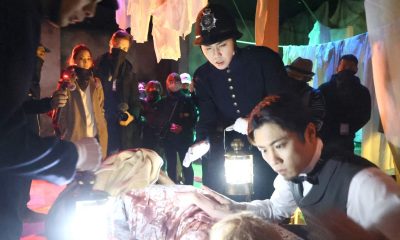

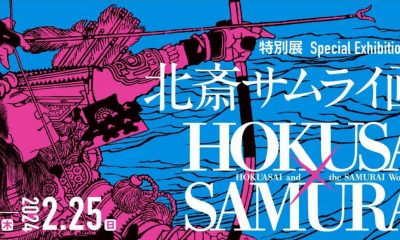

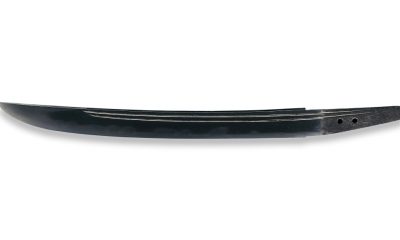

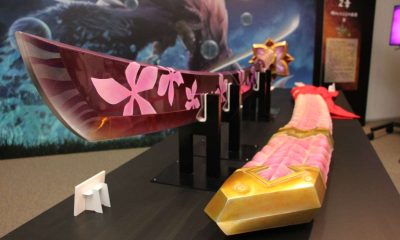



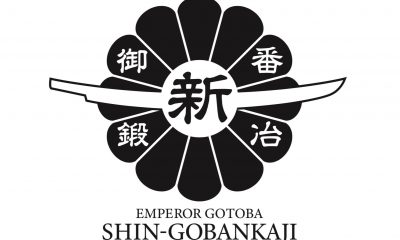



You must be logged in to post a comment Login